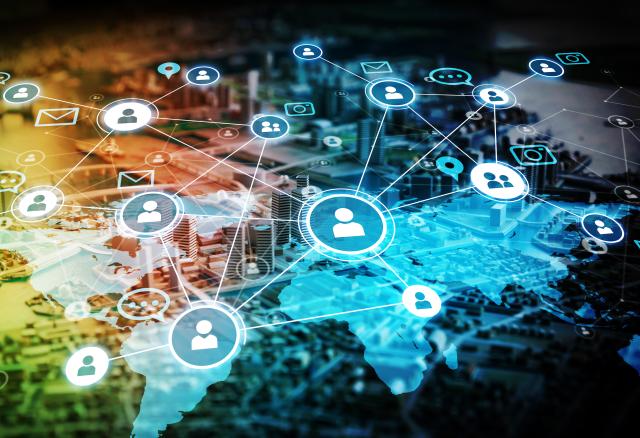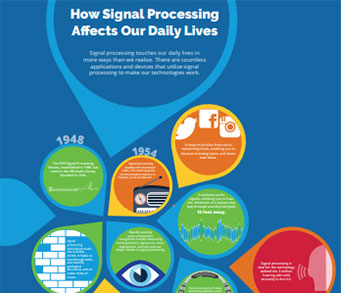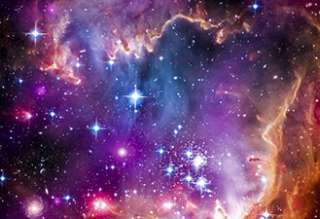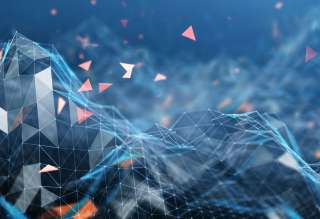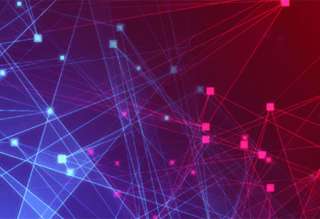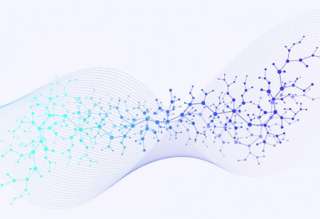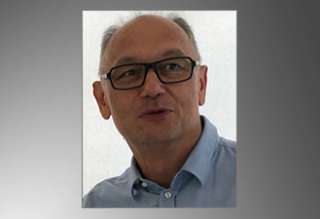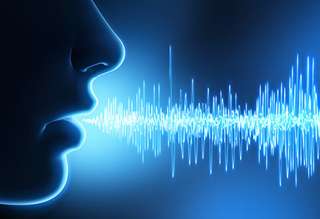SPS Feed
Top Reasons to Join SPS Today!
1. IEEE Signal Processing Magazine
2. Signal Processing Digital Library*
3. Inside Signal Processing Newsletter
4. SPS Resource Center
5. Career advancement & recognition
6. Discounts on conferences and publications
7. Professional networking
8. Communities for students, young professionals, and women
9. Volunteer opportunities
10. Coming soon! PDH/CEU credits
Click here to learn more.
The Latest News, Articles, and Events in Signal Processing

We are advertising for a two-year Post-Doc position at King’s College London to work with Prof. Osvaldo Simeone and Prof. Bipin Rajendran on AI and neuromorphic computing with applications to wireless communication systems. Of particular interest is the investigation, at fundamental theoretical and algorithmic levels, of digital twin platforms for the design and monitoring of next-generation cellular systems.
First, I would like to wish you and your loved ones a nice new year filled with health and happiness. The last few years have been challenging for various reasons: the COVID-19 pandemic, climatic events, and the war in Ukraine, to name a few. It seems impossible to be able to stop the megalomania and madness of some human beings.
Recent years have witnessed a rapidly growing interest in next-generation imaging systems and their combination with machine learning. While model-based imaging schemes that incorporate physics-based forward models, noise models, and image priors laid the foundation in the emerging field of computational sensing and imaging, recent advances in machine learning, from large-scale optimization to building deep neural networks, are increasingly being applied in modern computational imaging.
The compressive sensing (CS) scheme exploits many fewer measurements than suggested by the Nyquist–Shannon sampling theorem to accurately reconstruct images, which has attracted considerable attention in the computational imaging community. While classic image CS schemes employ sparsity using analytical transforms or bases, the learning-based approaches have become increasingly popular in recent years. Such methods can effectively model the structure of image patches by optimizing their sparse representations or learning deep neural networks while preserving the known or modeled sensing process.
At the time of publication, all of the links in this article were operational. However, since we do not host the videos, we have no control over whether or not they will continue to be active. In many cases, similar or related videos can be found by typing the performer’s name in an appropriate search engine.
May the year 2023 bring everyone closer to the fulfilment of their dreams. We have left behind a year marked with successes on multiple fronts, including health and technology as well as a year filled with proud people risking their lives for freedom. In particular, two big movements have captured our hearts: the fierce resistance of Ukranian people against the Russian invasion of their country, and the prodemocracy uprising in Iran with women in the lead.
Date: 31 October-3 November 2023
Location: Taipei, Taiwan
Date: June 20-22, 2023
Location: Ghent, Belgium
Date: 12-13 September 2023
Location: Edinburgh, UK
Date: 16 January 2023
Chapter: Italy Chapter
Chapter Chair: Enrico Magli
Title: Convolutional Neural Networks Demystified: A Matched Filtering
Approach to Fully Interpretable CNNs
We all experienced the discomfort of communicating with our friends at a cocktail party or in a pub with loud background music. When difficult acoustic scenarios like these occur, we tend to rely on several visual cues, such as lips and mouth movement of the speaker, in order to understand the speech of interest.
Recently, affine projection algorithm has been extensively studied in the Gaussian noise environment. However, the performance of affine projection algorithm will deteriorate rapidly in the presence of impulsive noise and other non-Gaussian noise. To address this issue, this paper proposes a novel affine projection algorithm based on the complex Gaussian kernel function, called widely linear maximum complex correntropy criterion affine projection algorithm (WL-MCCC-APA).
As an important yet challenging task in Earth observation, change detection (CD) is undergoing a technological revolution, given the broadening application of deep learning. Nevertheless, existing deep learning-based CD methods still suffer from two salient issues: 1) incomplete temporal modeling, and 2) space-time coupling. In view of these issues, we propose a more explicit and sophisticated modeling of time and accordingly establish a pair-to-video change detection (P2V-CD) framework. First, a pseudo transition video that carries rich temporal information is constructed from the input image pair, interpreting CD as a problem of video understanding.
How to avoid biased predictions is an important and active research question in scene graph generation (SGG). Current state-of-the-art methods employ debiasing techniques such as resampling and causality analysis. However, the role of intrinsic cues in the features causing biased training has remained under-explored. In this paper, for the first time, we make the surprising observation that object identity information, in the form of object label embeddings (e.g. GLOVE), is principally responsible for biased predictions.
Unsupervised person re-identification (re-ID) remains a challenging task. While extensive research has focused on the framework design and loss function, this paper shows that sampling strategy plays an equally important role. We analyze the reasons for the performance differences between various sampling strategies under the same framework and loss function. We suggest that deteriorated over-fitting is an important factor causing poor performance, and enhancing statistical stability can rectify this problem.
Human action recognition (HAR) is one of most important tasks in video analysis. Since video clips distributed on networks are usually untrimmed, it is required to accurately segment a given untrimmed video into a set of action segments for HAR. As an unsupervised temporal segmentation technology, subspace clustering learns the codes from each video to construct an affinity graph, and then cuts the affinity graph to cluster the video into a set of action segments.
To robustly detect arbitrary-shaped scene texts, bottom-up methods are widely explored for their flexibility. Due to the highly homogeneous texture and cluttered distribution of scene texts, it is nontrivial for segmentation-based methods to discover the separatrixes between adjacent instances. To effectively separate nearby texts, many methods adopt the seed expansion strategy that segments shrunken text regions as seed areas, and then iteratively expands the seed areas into intact text regions.
Pages
SPS Social Media
- IEEE SPS Facebook Page https://www.facebook.com/ieeeSPS
- IEEE SPS X Page https://x.com/IEEEsps
- IEEE SPS Instagram Page https://www.instagram.com/ieeesps/?hl=en
- IEEE SPS LinkedIn Page https://www.linkedin.com/company/ieeesps/
- IEEE SPS YouTube Channel https://www.youtube.com/ieeeSPS

